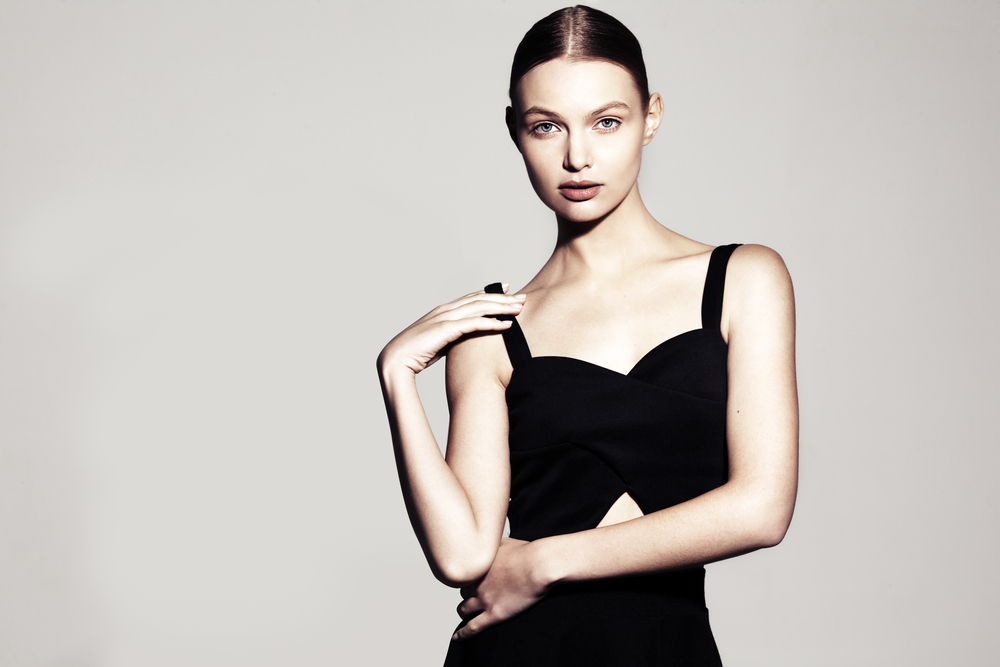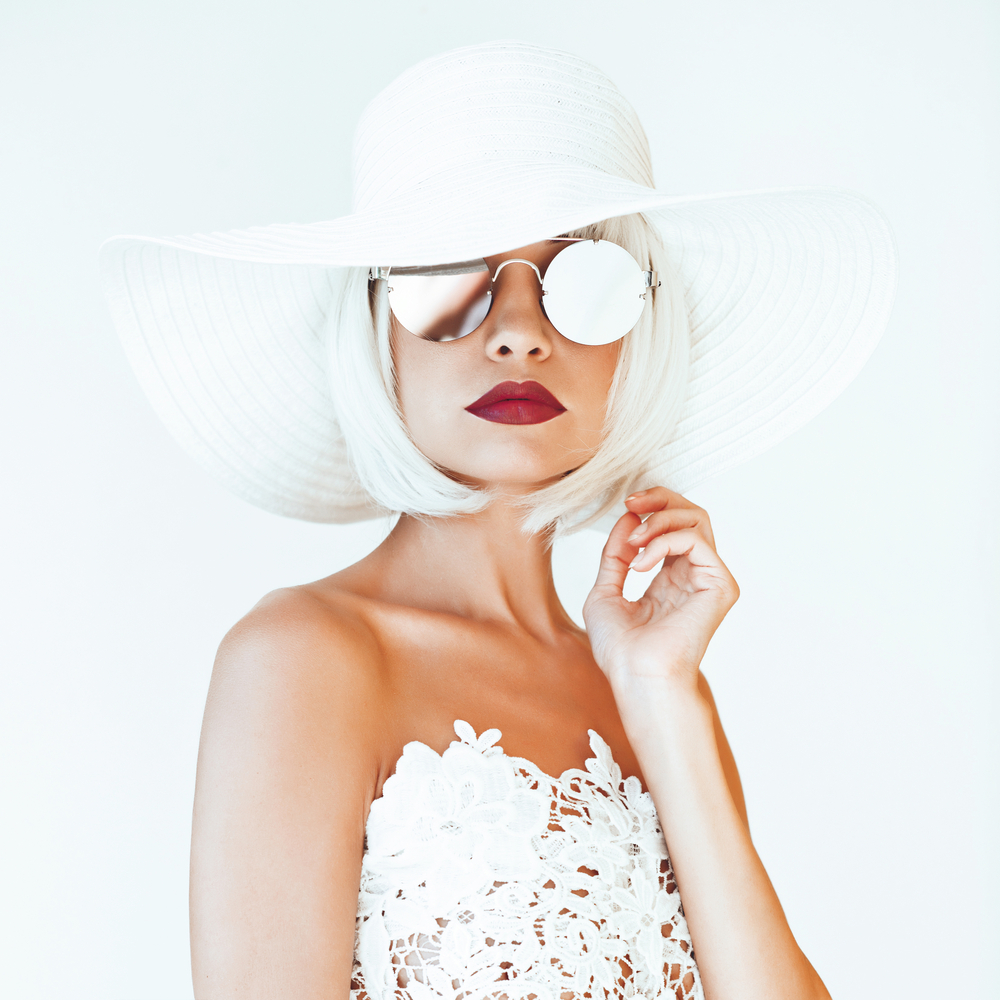
The Art of Modeling: Unveiling the Secrets behind the Glamorous World of Runways and Photoshoots
The Art of Modeling: Unveiling the Secrets behind the Glamorous World of Runways and Photoshoots
Have you ever wondered what it takes to be a successful model? The world of modelling may appear glamorous and effortless, but behind those perfect poses and flawless looks lies a captivating art form that requires dedication, hard work, and a unique set of skills. In this article, we will delve into the secrets behind the glamorous world of runways and photoshoots, exploring the art of modeling and shedding light on what it truly takes to succeed in this industry.
Understanding the Craft
At its core, modeling is the art of expressing oneself through various poses and styles while showcasing fashion, beauty, and lifestyle products. Models use their bodies and facial expressions to convey emotion, capture attention, and breathe life into outfits and products. They are the visual storytellers who help bring garments, accessories, and cosmetics to life, whether it's on the runway or in a photoshoot.
The Role of a Model
A model's primary role is to communicate a designer's vision or a brand's message through their physical appearance. They need to possess a strong understanding of fashion trends, body language, and the ability to adapt to different concepts and styles. Models often serve as a canvas upon which designers can display their creations, allowing the audience to imagine themselves wearing or using the products being featured.
Developing a Unique Look
In the world of modeling, there is no one-size-fits-all approach. Having a unique look that stands out from the crowd is crucial. Whether it's mesmerizing eyes, radiant skin, or an interesting facial structure, models with distinctive features are often sought after. However, beauty comes in all shapes, sizes, and forms, and diversity on the runways and in photoshoots is becoming increasingly celebrated.
Building Confidence
Confidence is an essential trait every model needs to cultivate. It is not just about the way you appear on the outside, but also the belief in your abilities and the power to captivate an audience. Confidence is built through practice, experience, and knowing how to project a strong presence while staying true to oneself. A model's energy and self-assuredness can make a significant impact on the success of a shoot or runway presentation.
The Importance of Body Language
Body language is a universal form of communication, and models must harness its power to convey different emotions and messages. From conveying elegance and grace on the runway to portraying a particular character in a photoshoot, being able to control and manipulate body language is key. The positioning of limbs, the arching of the back, or the tilt of the head can completely change the mood and overall impact of an image.
The Demands of the Industry
Modeling is not all glitz and glamour, as it requires hard work, perseverance, and the ability to handle rejection. The industry can be ruthless at times, with intense competition and high standards. Models often face grueling schedules, early mornings, long hours, and sometimes even physical discomfort to achieve that perfect shot or make a show a success. However, the rewards of a successful career in modeling can be extraordinary.
Frequently Asked Questions About Modeling
Q1: What are the basic modeling requirements?
A1: While the requirements may vary depending on the type of modeling, generally, models need to have a well-proportioned physique, clear skin, and healthy hair. Height and size may be specific to certain types of modeling, such as runway or plus-size.
Q2: Is modeling only about looks?
A2: While looks are crucial, modeling also requires charisma, confidence, and the ability to connect with the audience. Personality and the ability to perform in front of the camera or on the runway are equally important.
Q3: Can anyone become a model?
A3: Aspiring models must understand that the industry is highly competitive. While anyone can pursue a career in modeling, it's essential to recognize that it requires hard work, versatility, and resilience to stand out and succeed.

Q4: How can I start a career in modeling?
A4: Building a modeling career usually begins by creating a portfolio of professional photographs and contacting reputable modeling agencies or scouts. Networking in the industry and staying informed about casting calls and auditions can also increase your chances of being noticed.
Q5: What are the different types of modeling?
A5: There are various types of modeling, including fashion, commercial, editorial, plus-size, fitness, and runway, among others. Each type focuses on different aspects of the industry, catering to specific aesthetic requirements and target audiences.
In conclusion, modeling is a captivating art form that goes beyond the surface glamour. It requires a unique combination of physical attributes, confidence, versatility, and resilience. Models are the storytellers who bring fashion and lifestyle products to life, and the art of modeling requires understanding body language, communicating emotions, and portraying various characters. It's a demanding industry that requires dedication and perseverance, but for those who possess the passion and determination, the world of modeling offers limitless possibilities.
Other useful resources
- https://www.planetmodelphoto.com/models/modeling/usa/wilmington/nc-north-carolina
- https://www.planetmodelphoto.com
- https://en.wikipedia.org/wiki/Category:Modeling_(profession)
- https://en.wikipedia.org/wiki/Modeling_agency